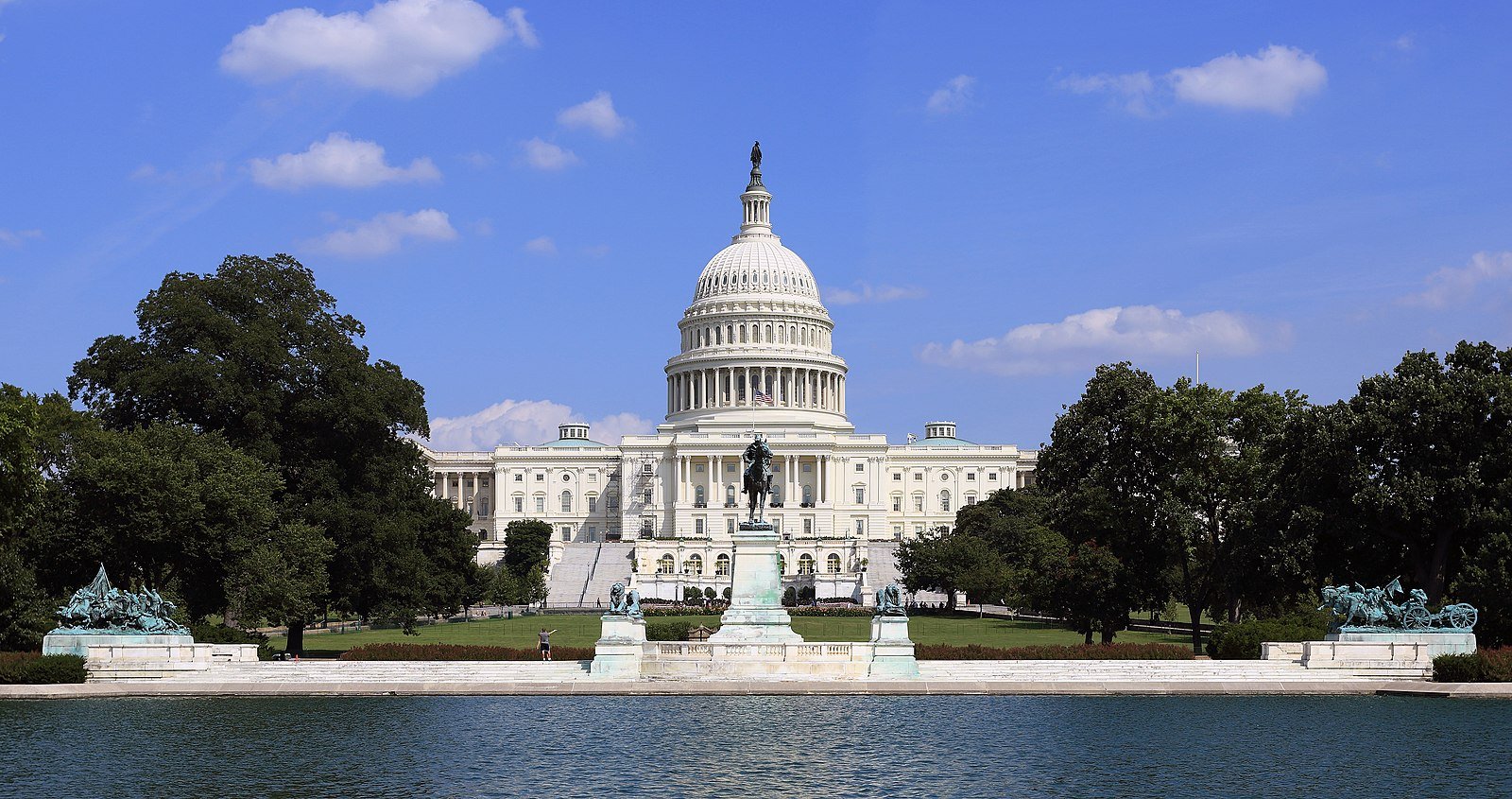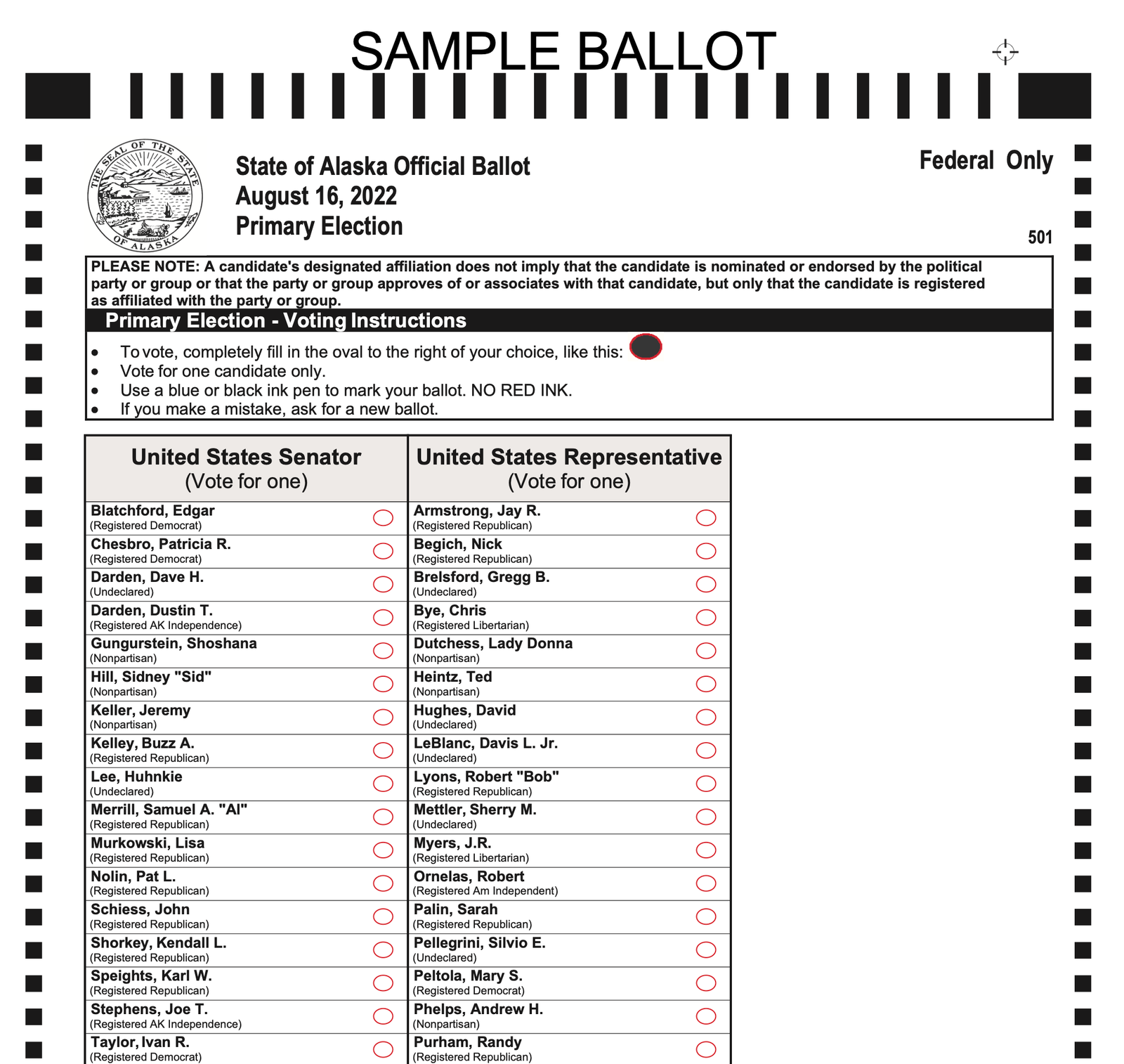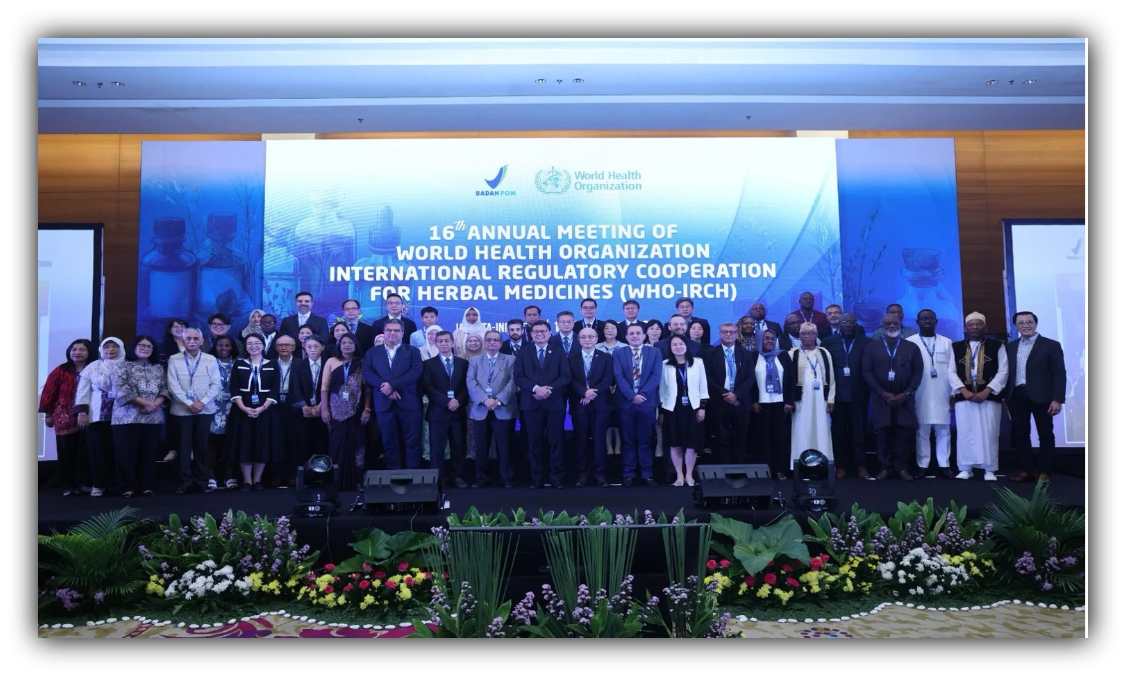Fitness tests, grooming rules, equal opportunity, even hazing definitions. The Pentagon just issued 11 memos that could transform military life. Here’s what the new ‘Warrior Ethos’ means for service members, families, and Americans at home
What Happened, What the New Memos Say, and What Americans Can Expect Next
Bottom line up front: Secretary of War Pete Hegseth and President Trump used the Sept. 30 Quantico meeting to announce a coordinated set of 11 Department-level memoranda that push the U.S. armed services toward a narrower “warrior ethos” … tighter fitness and grooming rules, cuts to non-mission training and civilian bureaucracy, a rework of equal-opportunity processes, and reviews of harassment/whistleblower procedures. The memos are official DoD/WAR.gov products; they are high-level directives that trigger 30-90 day implementing actions at component and unit levels. Expect visible cultural and administrative changes inside the services, legal and political pushback outside the Pentagon, and incremental operational shifts (training priorities, recruitment/retention impacts) over the coming months. U.S. Department of War+1
📝 What the Official Memos Actually Say (concise summary of the key documents)

PC: Evan Vucci/AP
The War.gov release lists 11 memoranda Hegseth referenced; the most consequential include the following:
- “Modern Workforce Management” — Memo for senior leadership
Directs a cultural refresh of the civilian workforce to “restore the warrior ethos,” increase monetary/other rewards for top performers, and streamline separation of underperformers. It assigns the Under Secretary for Personnel & Readiness to issue immediate implementing guidance. In short: faster removals for low performers; more incentives for high performers; more managerial authority. U.S. Department of War - “Military Fitness Standards” — Directive on physical readiness
Orders a review and immediate tightening of physical fitness and body-composition standards, with an emphasis on “operationally relevant” metrics. The memo instructs services to adopt more rigorous, unit-focused standards and accelerate retesting and remediation programs. (Text and header show 30-day actions to be submitted to P&R.) U.S. Department of War - “Grooming Standards for Facial Hair — Implementation”
Implements grooming guidance restoring or clarifying facial-hair and appearance standards (a rollback of some prior accommodations), and directs services to publish unit-level implementation plans. Expect narrower allowances for beards and other facial hair that interfere with equipment fit and uniformity. U.S. Department of War - “Implementation of Military Equal Opportunity and Equal Employment Opportunity Reform Plan”
Directs structural reforms to MEO/EEO, aligning the departments’ processes with the “Restoring America’s Fighting Force” policy (earlier memos) and mandating a review of offices/programs tied to DEI efforts. It reassigns oversight to USD(P&R) and requires reports and timelines for change. U.S. Department of War+1 - “Review of Hazing, Bullying and Harassment Definitions”
Orders a 60-day review to clarify and potentially narrow the definitions of hazing/harassment, and to revise reporting/discipline thresholds so commanders have more discretion. It also references balancing accountability with preserving the mission focus. U.S. Department of War - “Reduction of Mandatory Training Requirements to Restore Mission Focus”
Instructs services to pare back non-operational mandatory trainings (certain annual trainings and administrative courses) and shift time to mission-critical tradecraft and warfighting training; units must submit cut lists and reallocation plans. U.S. Department of War - Other related memos & reviews
Several companion memos require 30–90 day reviews of education/training standards, personnel boards, and civilian workforce realignment; earlier 2025 memos such as “Restoring America’s Fighting Force” and “Restoring Good Order and Discipline” are cited as authorities. These form a package that ties culture, personnel rules, and training to a single prioritized objective: readiness and lethality. U.S. Department of War+1
📋 What These Memos Will Actually Mean in Practice (near term: 1-3 months)
- Faster policy changes at the unit level. Services have specific deliverables in 30–90 days (implementation plans, lists of eliminated trainings, updated fitness implementations). That means base and unit commanders will soon be issuing concrete orders and locally applicable standards. U.S. Department of War+1
- Visible cultural signals. Expect tightened grooming rules, more frequent and tougher PT tests, and PR messaging that highlights “combat readiness.” Units will be encouraged to prioritize hands-on warfighting skills over administrative or social-policy work. U.S. Department of War+1
- Policy friction and pushback. Narrowing MEO/EEO processes or raising thresholds for harassment/hazing complaints will trigger concern from watchdogs, civil-liberties groups, and some lawmakers; those groups are likely to file FOIAs, write to Congress, or seek injunctions if personnel protections are reduced. Expect public hearings and memos exchanged with congressional offices. U.S. Department of War+1
🇺🇸 What This Means for Americans, Service Members, and Military Families (actionable & empowering guidance)
For Service Members and Families
- Document everything. If you’re in uniform and experience discrimination, harassment, or coercive behavior, keep dated records (emails, texts, duty rosters, witness names). Even if definitions change, records help preserve your rights and make any complaint review more defensible. (DoD IG and service IGs remain official channels.) U.S. Department of War
- Know your reporting options. The Defense Hotline/DoD IG hotline and service IG offices still exist. If you’re concerned about retaliation, use multiple channels (IG hotline, legal counsel, union/advocate if applicable). The memos call for process changes but do not (yet) eliminate formal inspector-general authorities. U.S. Department of War
- Stay current on unit bulletins. Commanders will implement memos differently; read your unit’s notices and ask your chain of command—through proper channels—how policy changes affect evaluations, promotions, and medical or religious accommodations. U.S. Department of War
🇺🇸 For Civilians and Community Leaders
- Watch primary sources and local signals. The clearest evidence of change will be: service-level implementing directives, local base notices, and the DoD/war.gov memos themselves (rather than commentary). Bookmark and monitor: War.gov news releases and the Pentagon media archive. U.S. Department of War+1
- Contact your representatives. If you’re worried about domestic deployment, Posse Comitatus implications, or reductions in accountability, reach out to your member of Congress and your two senators. Congressional oversight is the most direct lever to influence or slow executive-branch implementation.
- Partner with watchdogs and service-support NGOs. Groups that assist veterans, military families, and civil-liberties organizations will track implementation; they can amplify complaints and provide legal resources.
👩🏻⚖️ Legal and Political Limits that Will Slow or Shape the Rollout
- Posse Comitatus and domestic deployment law. Using active-duty troops for routine law enforcement still faces statutory limits; while memos can shift posture and training, sending soldiers into domestic law-enforcement roles without state requests and legal justification will provoke court challenges and state pushback. Expect careful legal review before any wide deployments.
- Congressional and IG oversight. The memos reduce or reframe some internal processes, but Congress controls funding and the IGs retain investigatory powers. That creates checks — hearings, funding riders, and whistleblower IG referrals remain tools to contest changes. U.S. Department of War+1
🤔 Likely Short-to-Midterm Outcomes (how this plays out by winter/spring)
- Operational: more warfighting training, fewer “non-essential” classes. Units will report increased live-fire, urban training, and expeditionary readiness events. Local communities near bases may notice more training activity. U.S. Department of War
- Personnel: churn, morale shifts, recruitment signals. Some recruits and servicemembers will welcome a focus on lethality and discipline; others, particularly from historically under-represented groups, may feel unwelcome, leading to recruitment and retention fluctuations. Expect services to monitor those metrics closely. U.S. Department of War
- Political: hearings and lawsuits. Expect hearings in relevant House and Senate committees, letters from governors, and likely litigation over any aggressive domestic use of active forces or major reductions in whistleblower protections. DefenseScoop
ℹ️ How to Stay Informed
- Subscribe to War.gov press products and the Department of War/DoD media archive (that’s where the 11 memos live). U.S. Department of War+1
- Monitor DoD IG and service IG inboxes for guidance on reporting and protections. U.S. Department of War
- Track Congressional committee pages (Armed Services and Appropriations) for hearings and letters.
- Follow reputable defense reporters / outlets for analysis (DefenseScoop, BreakingDefense, Washington Post reporting), while using the DoD memos as the primary source for facts. DefenseScoop+1
📝 An Action Plan
You are not helpless. The Quantico memos are official, and they will change how the services operate, but their scope is administrative and programmatic, not an immediate rewrite of law. That means three practical levers remain available to citizens and service members:
- Documentation & legal channels: service members can preserve evidence and use IG/hotline/legal counsel to protect rights. U.S. Department of War
- Democratic oversight: citizens can contact state leaders and Congress, attend hearings (virtually or in person), and support watchdog organizations that file FOIAs or lawsuits.
- Public pressure & dialogue: communities adjacent to bases, veterans’ groups, and families can shape the narrative by demanding transparency, local input, and responsible use of military resources.
🕵 Five Documents / Announcements to Watch
- Service-component implementing directives (Army, Navy, Air Force, etc.) for the new memos
- The 11 memos Secretary Hegseth released are top-level guidance. The real impact comes from how each military branch (Army, Marine Corps, Air Force, Navy, Coast Guard, Space Force) writes its component directive or service implementation order in response.
- These are likely to include unit fitness standards, grooming rules, disciplinary guidance, reporting thresholds, and deadlines. Hold an eye on Army Regulation, Air Force Instruction, or equivalent documents bearing titles like “Implementation of Military Fitness Standards, [Branch] Directive.”
- These documents will determine how local commands interpret the broad memos and how strict or flexible enforcement will be.
- Joint Chiefs / Unified Command guidance or reinterpretations
- The Joint Chiefs or combatant commands may issue guidance on how these changes affect doctrine, readiness assessments, and how resources are allocated.
- If the Joint Staff publishes a memorandum or directive interpreting or narrowing these policies, that will significantly affect how seamless (or contested) implementation is.
- DoD / War.gov published “policy summary” updates or FAQ documents
- After major policy shifts, the Department often issues user-friendly summaries, FAQs, or transitional guidance (for example, “How this affects reserves, National Guard, medical or religious accommodation, waivers, appeals”).
- A well-crafted FAQ or “interim guidance” will show where the administration is likely to draw lines and where flexibility or legal caution persists.
- Congressional hearing transcripts or formal Congressional requests / letters
- We already saw a Senate Judiciary hearing in which Sen. Durbin criticized military deployment into cities. Senate Judiciary Committee
- Look for hearings (Senate Armed Services, House Armed Services, Judiciary) where Pentagon officials or Hegseth are summoned to testify about the memos, their legal basis, implementation timeline, and impact.
- Also watch for written letters or demands from Congressional leadership (or state governors) asking for explanations, legal justification, or rollback of certain policies. These letters may force internal memos to be published.
- Legal filings or court rulings challenging domestic deployment or curtailment of accountability protections
- If any states, municipalities, or civil-liberties groups object to military intrusion or changes to harassment/EO processes, they may file lawsuits or seek injunctions.
- A federal judge may issue preliminary orders or rulings that block or limit parts of implementation. Monitoring the federal court dockets (e.g. in D.C., Virginia, or states likely to be affected) will give early signs of friction.
⚛️ Why these matter & how you can use them
- These documents will translate high-level rhetoric into enforceable rules. The broad memos don’t by themselves tell you how unit commanders will behave, the service directives and DoD summaries will.
- Congressional and legal pressure can force changes in implementation, carve out exceptions, or slow down rollouts, so these documents are where policy meets pushback.
- By watching the timing, language changes, and scope of these documents, you can assess whether the “warrior ethos” push is sliding into authoritarian overreach or being constrained by legal and institutional checks.




